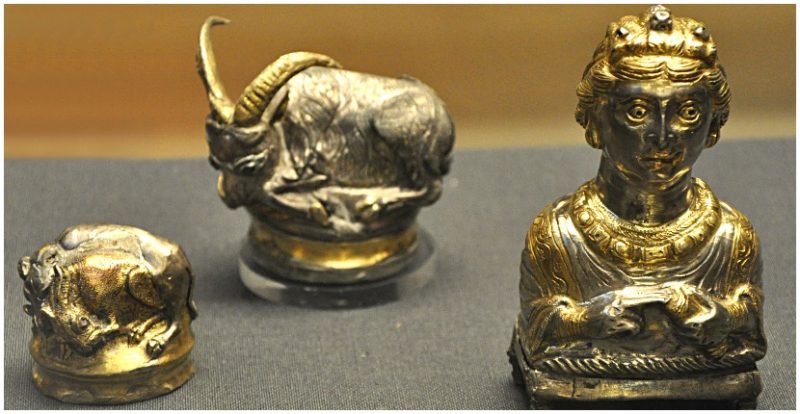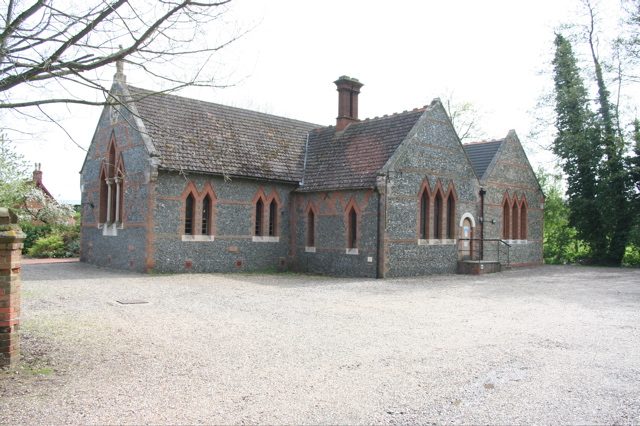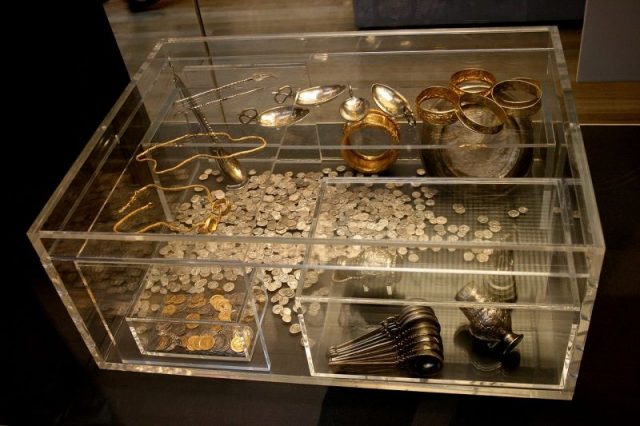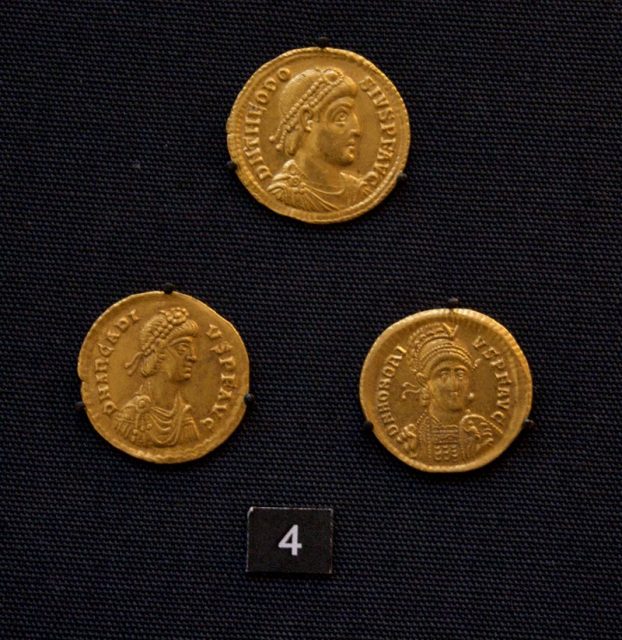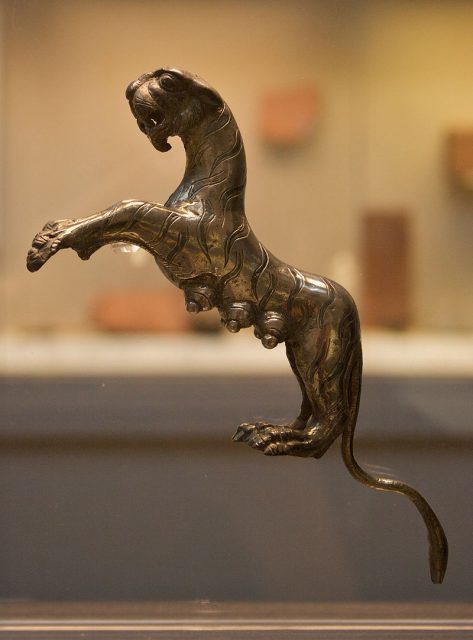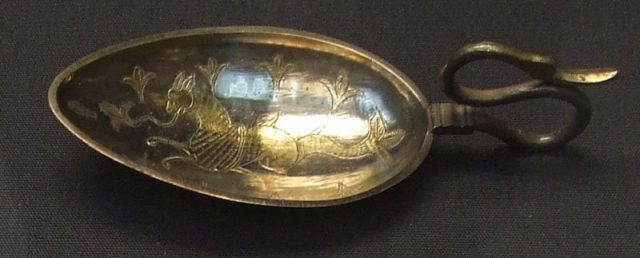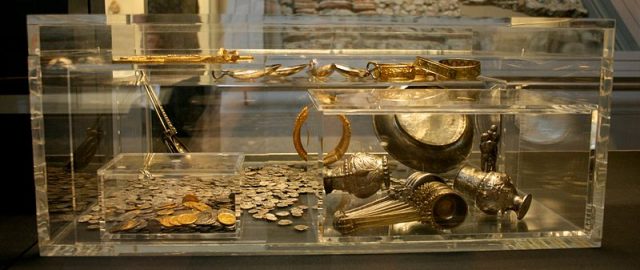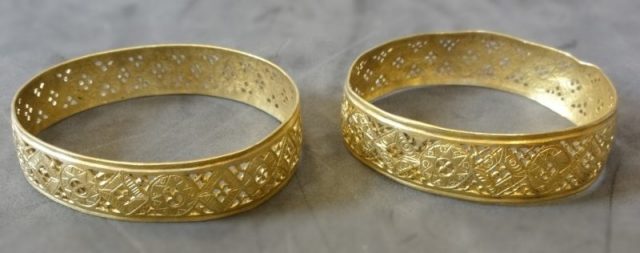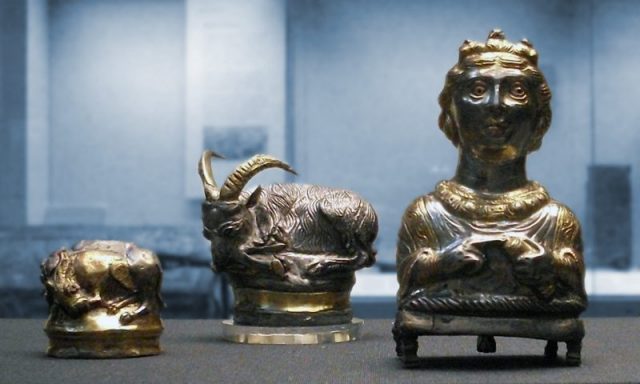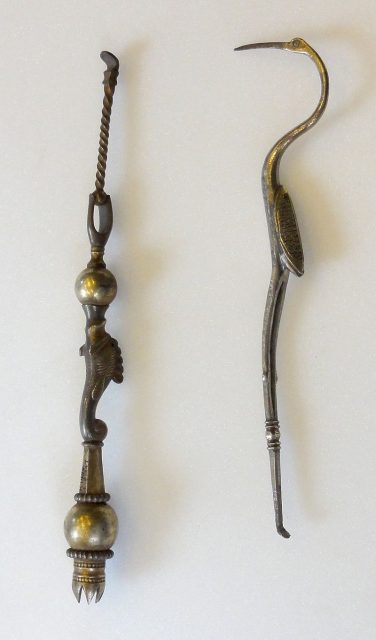
Nestled against the dramatic limestone cliffs of Deir el-Bahari, a breathtaking monument stands as a testament to one of history’s most remarkable female leaders. The Mortuary Temple of Hatshepsut, rising gracefully from the west bank of the Nile near the Valley of the Kings, continues to captivate visitors with its grandeur and innovation. This architectural masterpiece, commissioned by Queen Hatshepsut—the fifth pharaoh of the 18th Dynasty and only the second recorded female pharaoh in Egyptian history—took fifteen years to complete, beginning around 1479 B.C.
The Golden Age of a Female Pharaoh

Under Hatshepsut’s leadership, Egypt flourished in an unprecedented era of peace and prosperity. Her mortuary temple, soaring to an impressive height of 97 feet (29.5 meters), stands as a magnificent symbol of this golden age. The structure, dedicated to both the god Amun and Hatshepsut herself, showcases a harmonious design of three terraced levels connected by elegant ramps. Within its walls, visitors would find impressive pylons, expansive courtyards, a grand hypostyle hall, a sun court, and numerous chapels and sanctuaries.
A Paradise of Divine Offerings
The Sacred Gardens

One of the temple’s most remarkable features was its lavish terraced gardens, where rare and exotic plants flourished, including precious frankincense and myrrh trees. These weren’t merely decorative elements—they served as living offerings to the gods while demonstrating Hatshepsut’s tremendous wealth and devotion. The cultivation of these valuable plants, essential for ancient Egyptian religious ceremonies and trade, established the temple as a vital religious center.
The Dance of Light and Shadow

Perhaps the most ingenious aspect of the temple’s design lies in its sophisticated alignment with the winter solstice sunrise. Through a masterfully crafted light-box mechanism, sunlight travels along the temple’s central axis, creating a mesmerizing spectacle. As dawn breaks, the light progressively illuminates three significant figures: the god Amun-Ra, a kneeling statue of Thutmose III (Hatshepsut’s stepson), and finally, the Nile god Hapi. This architectural feat reveals Hatshepsut’s deep understanding of astronomy and her desire to connect the earthly and divine realms.
The Story Written in Stone

The temple’s walls serve as a canvas for Hatshepsut’s legacy, adorned with intricate reliefs and inscriptions. These artistic elements narrate her divine birth, her famous expedition to the Land of Punt, and her achievements as pharaoh. In a society where male leadership was the norm, these carefully crafted scenes served a crucial purpose: legitimizing her reign and establishing her divine connection to the gods.
A Legacy That Defied Time

Despite subsequent attempts to erase her from history, Hatshepsut’s mortuary temple endures as a testament to her remarkable reign. Modern visitors from around the world continue to marvel at this architectural masterpiece, which stands as a powerful symbol of female leadership and innovation in ancient times. The temple’s presence invites contemplation of a woman who dared to challenge convention and became one of Egypt’s most successful rulers.

The Mortuary Temple of Hatshepsut remains more than just a magnificent architectural achievement—it represents the triumph of human ingenuity and the enduring impact of an extraordinary woman on one of history’s greatest civilizations.
A Farmer’s Misplaced Hammer Led to the Largest Roman Treasure in Britain
